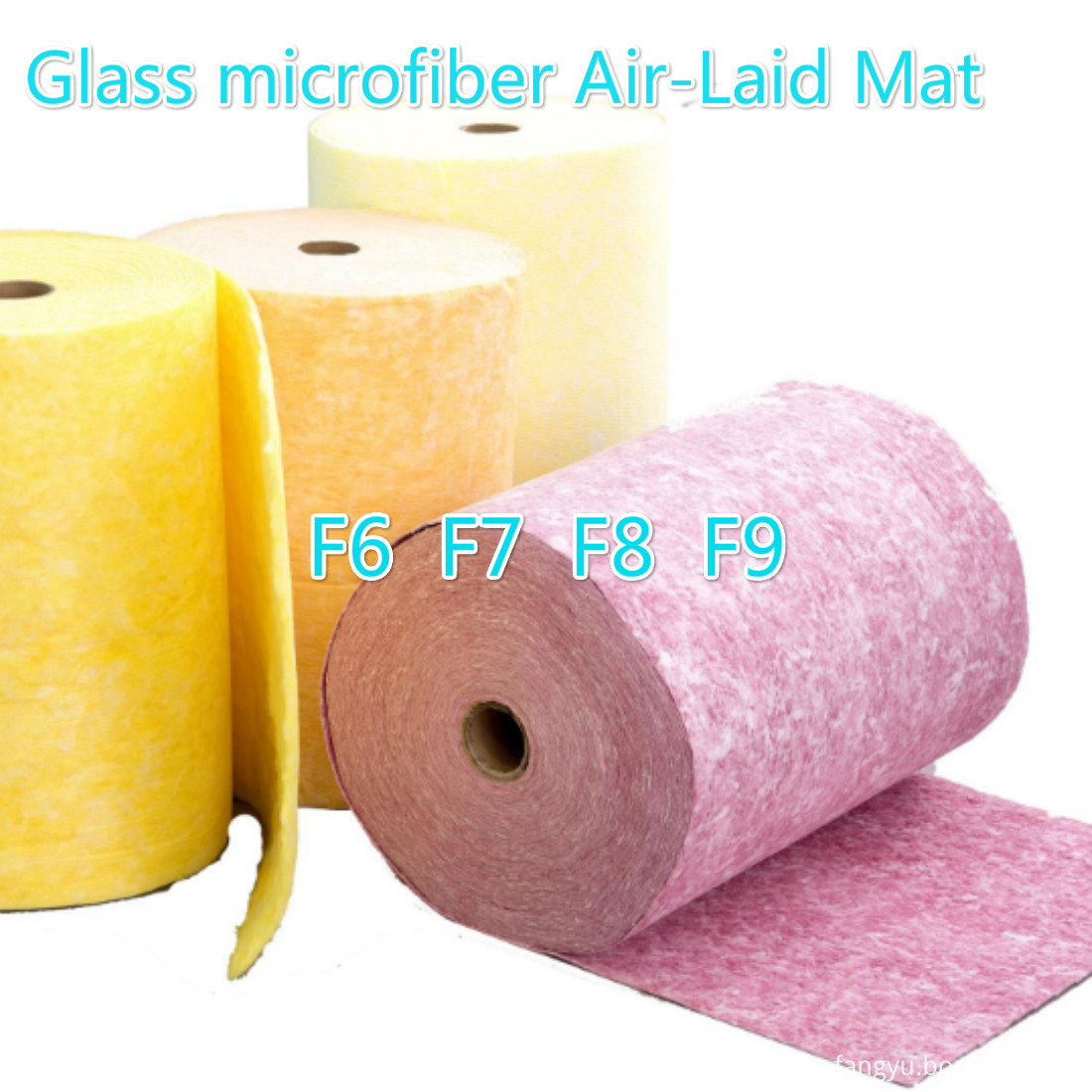Shenyang University of Technology has pointed out that the nano titanium dioxide (VK-TG01, 5 nm) has a PH of about 3 and the addition amount is 1%, the stronger the ability of the dye wastewater to photodegradate organic substances, The longer the light time, the higher the decolorization rate. And can be reused.
Hebei University's research on nano-TiO2 photocatalyst treatment of printing and dyeing wastewater pointed out that: in the active red BES simulation printing and dyeing wastewater, when the pH is 4, the amount of nano titanium dioxide VK-TG01 is 0.3%, the UV lamp irradiation for one hour, COD removal rate Can reach more than 86%. In the actual printing and dyeing wastewater, the PH was 9, the addition amount of nano titanium dioxide VK-TG01 was 0.5%, the COD removal rate was 57%, and the decolorization rate was always higher than the COD removal rate.
Nuclear Technology VK-TG01 Nano-Titanium Dioxide (Titanium Dioxide), a technology used at room temperature by Catalytic Technology, was used by Technical Environmental Corporation in London, United Kingdom to decompose polychlorinated biphenyls in industrial waste and contaminated groundwater into CO2 and H2O.
Wang Huimin adopts nano-titanium dioxide-TG01 to photocatalytically degrade organophosphorus pesticides. Only adding a small amount of Fe3+ can greatly increase the removal rate of COD and the recovery rate of inorganic phosphorus, and can also completely remove DDT key chlorine.
Li Shuzhen and others used ultrasonic degradation and photocatalytic degradation oxidation technology, and used WL-TiO2 photocatalyst and UV/US combined process to study the degradation rate of organic phenol in water. Under the normal pressure of 30 degrees, the oxygen flow rate was 100L/h, and the catalyst VK- TG02 dosage is 2.5-3.0g, PH is 3-4, reaction time is 2-3h, phenol degradation rate is 100% Vinodgopal uses TiO2 (VK-TA05)/SnO2/OTE as working pole, platinum mesh does The electrode, the saturated calomel electrode was used as the organic contaminant A07 in the solution at the reference electrode. When the voltage was +0.83 V, the concentration of A07 was reduced, and it was 0 after one hour.
Tan Xin and others used non-integrated nano-TiO2 (VK-TG01)-X film to photocatalytically degrade low-level halogenated hydrocarbons. Under the ozone conditions, the degradation rate of halogenated hydrocarbons can reach 99%.
Ku-Yong et al. used the ultraviolet TiO2 (VK-TG01) oxidation method to decompose 2-chlorophenol in aqueous red at different pH values, light intensities, and TiO2 types. It was found that 2-chlorophenol and organics were present in acidic solutions. Body removal is more effective.
Glass Microfiber Air -Laid Mat
Glass Microfiber Air -Laid Mat: Density: 75GSM,Thickness: 4mm-7mm,Width:
1.8m,applicatioin: civil and industrial refrigerators
Composed of fine glass microfiber with a polyester spunbond backing. Its excellent filtration efficiency and low pressure drop are fundamental performance for air filters either in pocket or pleated.
It is widely used in air filtration for biological,electronic and military industry.It is a newly introduced production line, which turns glass microfiber mat into pocket filter to meet industry demand.


Glass Microfiber Air -Laid Mat
Glass Microfiber Air -Laid Mat,Glass Microfiber Air Filter Pocket Filter,Industrial Air Filter Pocket Filter
Hebei Fangyu Trade Co., Ltd. , https://www.filtersmaterial.com